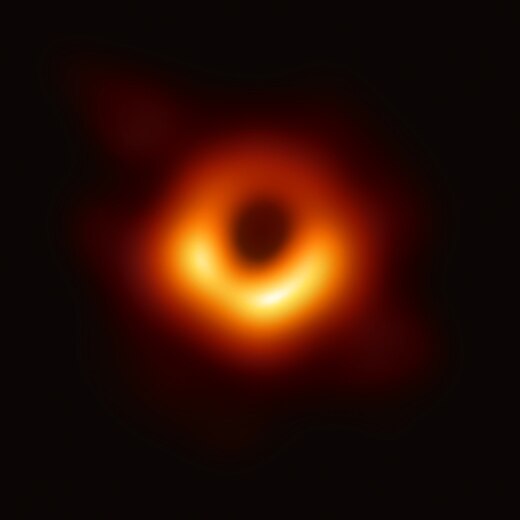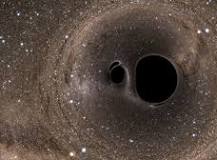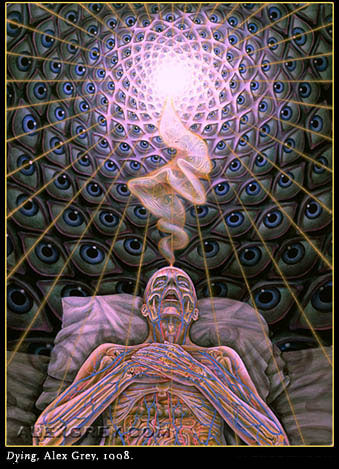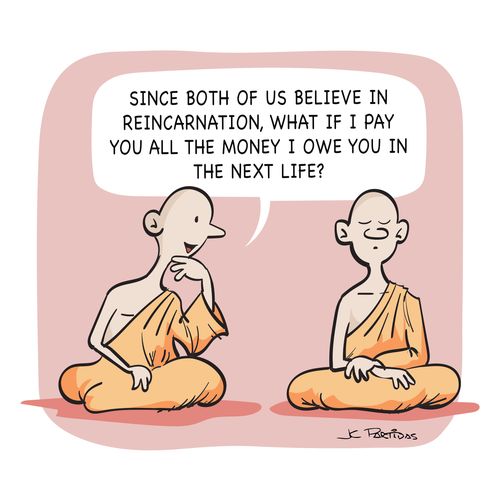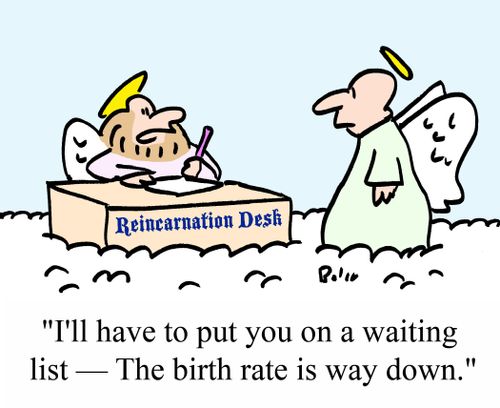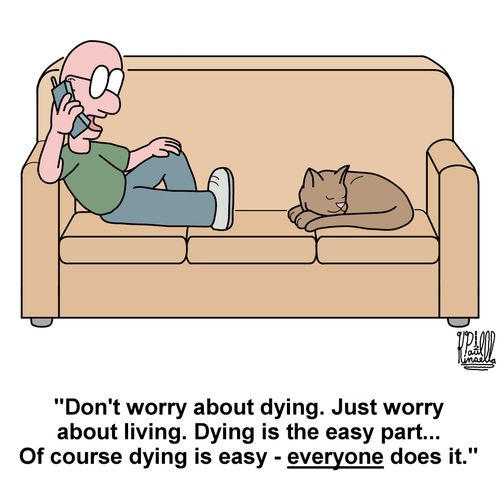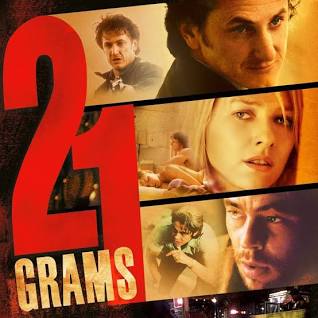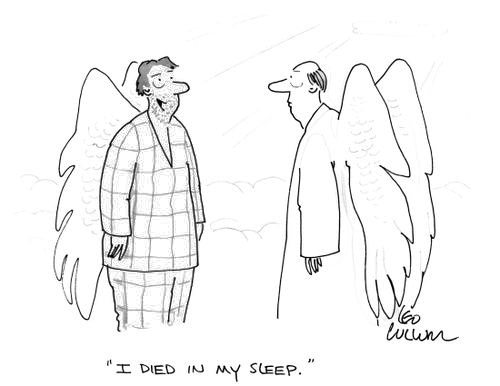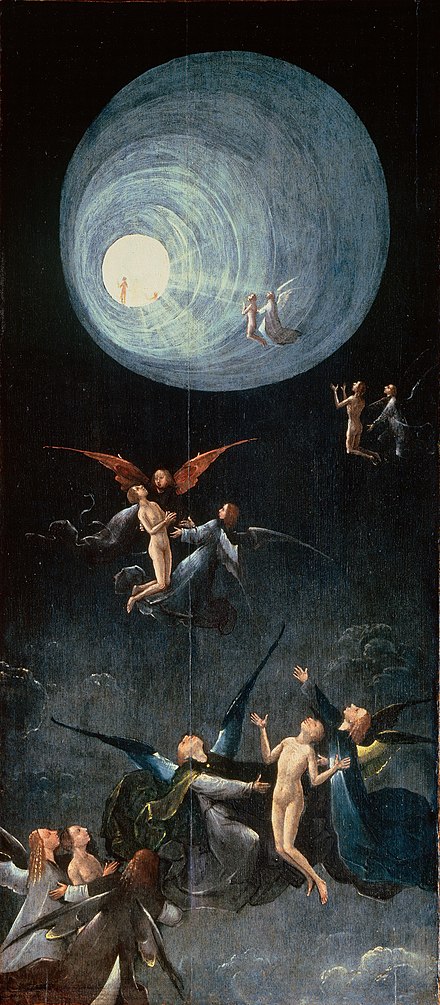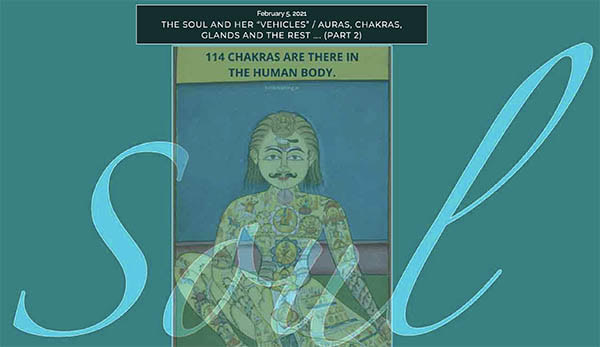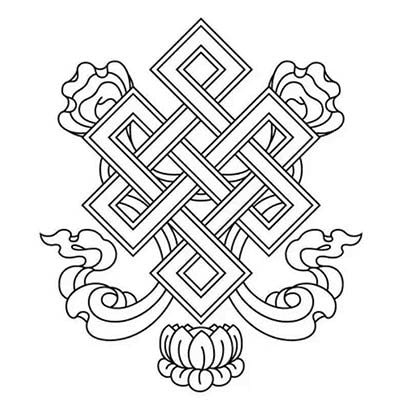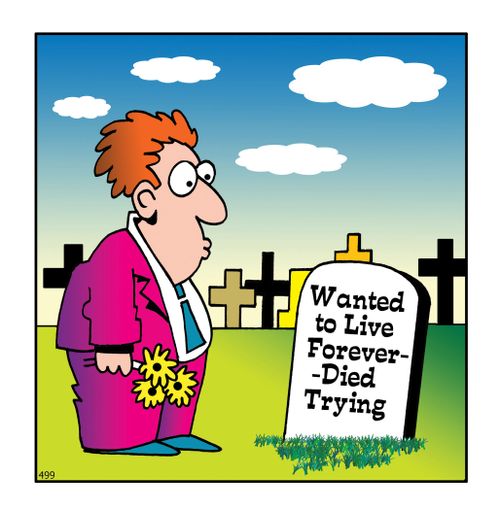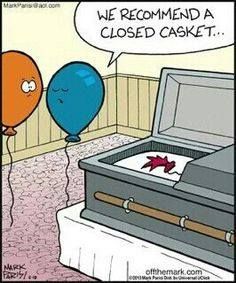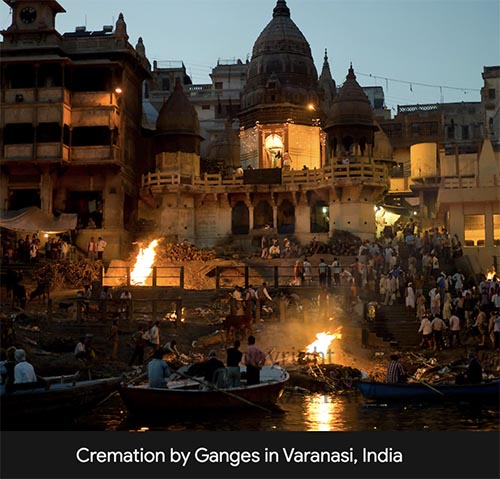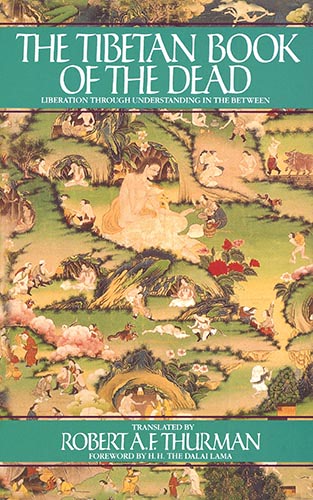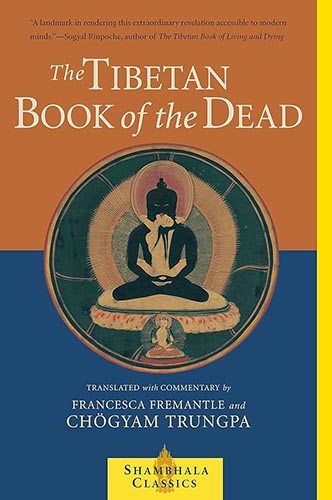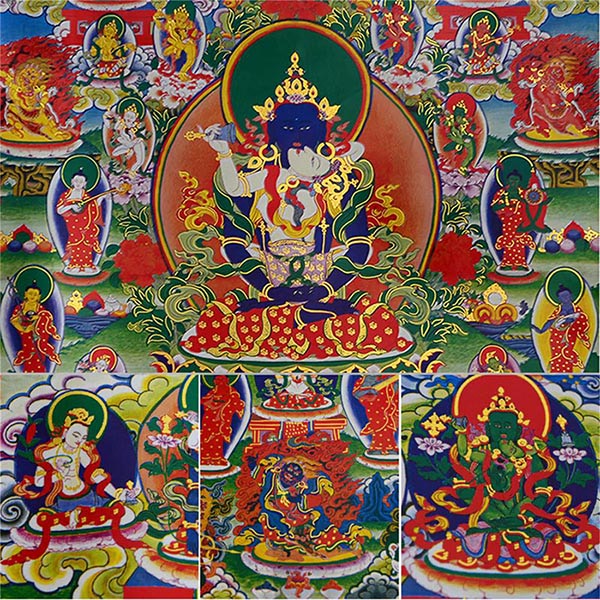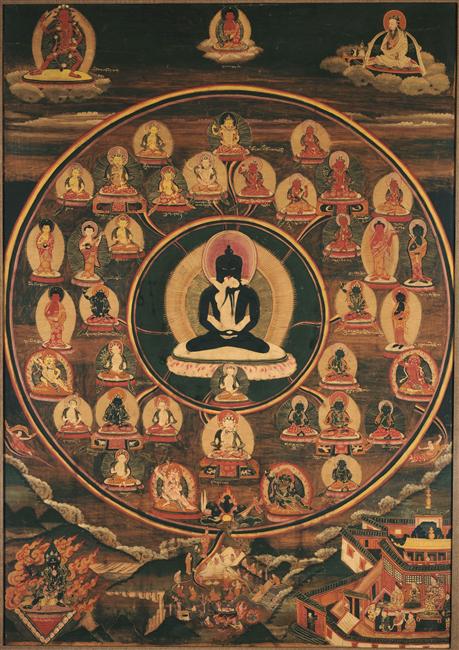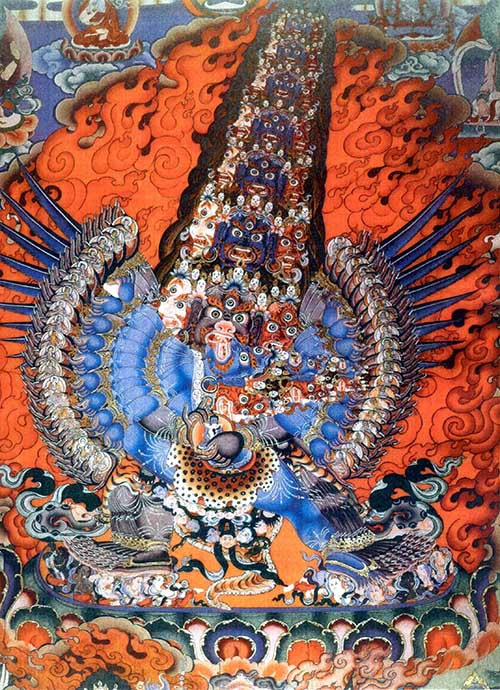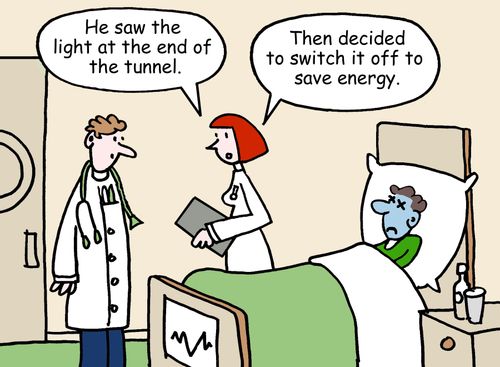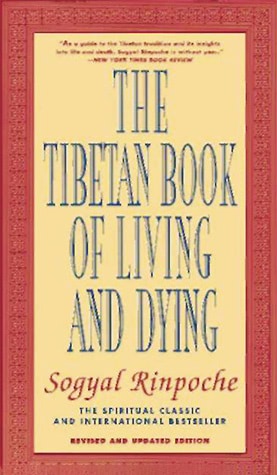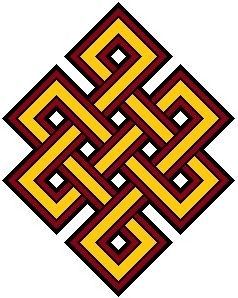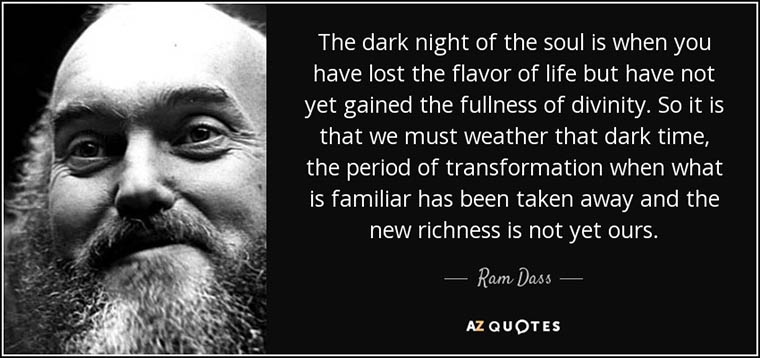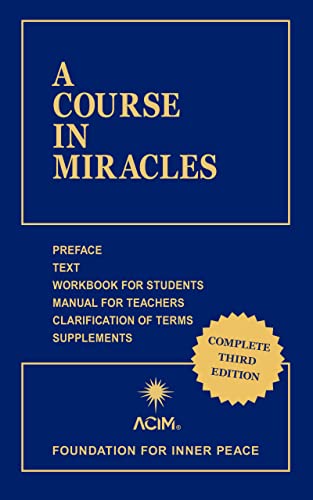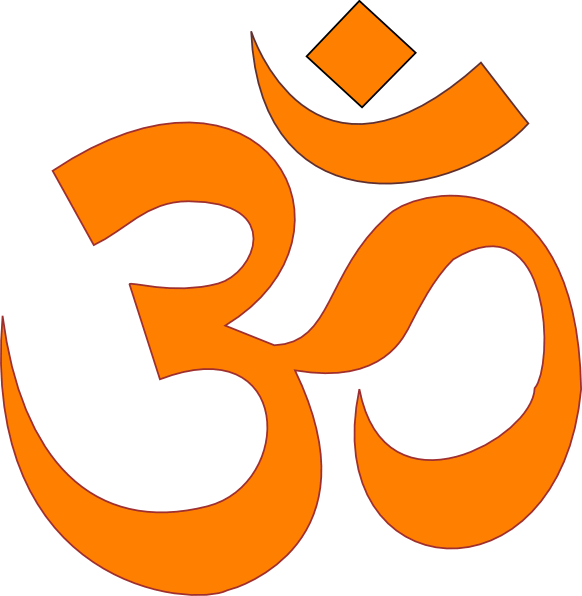I love my life
and i love Life in general
but i can say in all honesty
that i am curious
about death
How will “it” be
“Who” will “I” be
And beyond of all my philosophy, metaphysics and knowledge about it:
“Where” will “I” be???
For me, there exist 2 big mysteries in Life
the first one is Birth
and the other:
Death
Birth is amazing, also because after it, something is there and we know a lot about it:
a whole person
a whole life!
Death is another matter.
After it …..
???
??
?
For me, there exist 2 Big Mysteries in all the Cosmos
the first is the Big Bang
when it all began,
the other one:
Black Holes
[ This picture is a direct radio image of a supermassive black hole at the core of Messier 87, thats a super-massive galaxy in the formation of Virgo.
In April 2019, the Event Horizon Telescope Project unveiled the first ever directly observed image of a black hole. ]
[ A Black Hole is a region in space where gravity is so strong that nothing, not even light, can escape its gravitational pull. The point of no return around a black hole is called the event horizon. Once something crosses this boundary, it is essentially pulled in and inevitably drawn toward the center of the black hole, known as the singularity. ]
and a few theories about whats going on inside a Black Hole
The interior of a black hole is one of the most mysterious and challenging aspects of astrophysics. Our current understanding relies heavily on theoretical physics, particularly the equations of general relativity. However, a complete and unified theory that combines quantum mechanics and gravity (quantum gravity) is still elusive, making the precise details of what happens inside a black hole a subject of speculation.
– Singularity
At the very core of a black hole is thought to exist a gravitational singularity – a point of essentially infinite density where space and time become extremely warped. The laws of physics break down in this realm.
– Concentrated Matter
Falling inside the event horizon, matter gets compressed and concentrated immensely by crushing gravitational forces, squeezed beyond comprehension. Electrons may merge with protons creating a dense soup of fundamental particles.
– Altered Space-Time
Approaching the singularity, space and time distort so severely that they swap roles inside a black hole – time becomes like space and vice versa. This shifting is speculated to create a passage from our universe to others, wormhole-like.
– Holographic Projection
Some theories describe particles and matter inside the event horizon as illusory projections of surface information, analogous to a hologram. Thus black holes encode 3D reality holographically on their 2D horizon surface.
The essential idea is that all of the information that makes up our 3D reality may actually be encoded on a 2D surface bounding our universe – akin to a hologram. This means the physics we observe – particles, forces, fields – could just be a projection of fundamental information written on this cosmic horizon surface.
The theory originates from physicist Gerard ‘t Hooft’s and Leonard Susskind’s efforts to understand the extreme physics of black holes. They realized the physics on a black hole’s 2D event horizon encodes everything about the 3D reality that collapsed to form the black hole. So by analogy, our 3D universe may arise holographically from coded bits on the ultimate 2D surface horizon.
The holographic principle models our perceived reality – matter, energy, time – as akin to a complex video projection, ultimately underlain and emanating from a deeper order of information configuration coded on the cosmic surface enclosing us. Instead of fundamental 3D objects, it is information bits emerging the illusion of volumetric reality.
While radical and highly speculative, if proven true, the holographic model would have profound implications for understanding black holes, quantum gravity physics and the ultimate basis of perceived reality itself as founded on underlying programmed information.
– Parallel Universes:
Hypothetical concepts from string theory describe black holes spawning entirely detached universes – offspring cosmoses disconnected from our own embedded reality. This remains largely theoretical speculation though.
So while mostly uncertain, these represent current cutting-edge ideas for what the extreme conditions inside a black hole’s darkened depths might entail based on quantum mechanics, relativity and cosmological hypotheses about the very fabric of reality itself.
There is this really great movie that is dealing with all of that theory in a very visual and relate-able manner >> “Interstellar” by Christopher Nolan.
Go, see, it’s extraordinary and really worth it!
Obviously, those tales and theories about the inside of black holes, about singularities, altered spacetime, holographic projections or parallel universes could be read as pure Science Fiction.
But its super serious scientists, quantum physicists, cosmologists and mathematicians working on it!
We are talking of Einstein, Stephen Hawkins and company!
Hardly some SciFi 😆
But it is obvious, that reality – at some point – is stranger than fiction!
Ever heard about Wormholes?
Warning: Here it gets even much more weird!
Wormholes are hypothetical structures that connect two separate points in spacetime. They are often depicted as tunnels or bridges that could provide shortcuts for long journeys across the universe. The concept of a wormhole has been popularized in science fiction, but in theoretical physics, they arise as solutions to the equations of general relativity.
Here are some key points about wormhole theories:
-
Schwarzschild Wormholes: The first solutions describing wormholes were found by Karl Schwarzschild in 1916 as a solution to Einstein’s field equations. However, these “Schwarzschild wormholes” were not traversable; they were more like mathematical curiosities.
-
Einstein-Rosen Bridge: In 1935, Albert Einstein and Nathan Rosen extended Schwarzschild’s work and introduced the concept of an Einstein-Rosen bridge. This was a mathematical solution that suggested the existence of a tunnel-like structure connecting two separate regions of spacetime. However, these early solutions were not stable and were quickly dismissed.
-
Morris-Thorne Wormholes: In 1988, physicists Michael Morris and Kip Thorne explored the idea of traversable wormholes, which could, in theory, be used for interstellar travel. They proposed that exotic matter with negative energy density could stabilize a wormhole and keep it open long enough for objects to pass through. However, the nature of exotic matter remains speculative, and its existence has not been confirmed.
-
Traversable Wormholes: Theoretical physicists have investigated the possibility of stable and traversable wormholes using various approaches, including the use of exotic matter or other exotic materials with unusual properties. The stability of these structures is a significant challenge, as they tend to collapse rapidly without some form of exotic matter to counteract gravitational forces.
-
Quantum Entanglement: Some recent theoretical work has explored the potential connection between wormholes and quantum entanglement. Entangled particles exhibit correlated behavior regardless of the distance between them, and some researchers have explored whether this phenomenon could be harnessed to create or stabilize wormholes.
-
Avoidance of Time Travel Paradoxes: The concept of traversable wormholes raises questions about time travel. If a wormhole connects two distant points in spacetime, it might also allow for time travel scenarios, leading to potential paradoxes. Researchers have proposed various ideas to address these issues, such as the Novikov self-consistency principle.
It’s essential to note that while wormholes are intriguing solutions to the equations of general relativity, there is currently no experimental evidence supporting their existence, and their stability relies on hypothetical forms of matter that have not been observed. Wormholes at this point remain speculative but are an active area of research in theoretical physics.
Lets stay tuned! I think we have not seen half of it yet.
More is yet to come that will blow our minds 😉
Wormholes? Parallel Universes? Time Travel?
WTF?
Those are some pretty bold theories coming from some highly respected authorities-in-their-fields 🙄
I guess i could also put forward a couple of my own weird hypotheses – boldly 😉 :
– What a black hole is for the cosmos, physical death is for a human being
– Time travel hypothesis thru a wormhole has its analogue in the hypothesis of soul reincarnating into different time periods, past or future 😀
I have already used up a whole lot of words in writing about my perspective about reincarnation, the soul, spirit, ego and so on.
I’ll try not to repeat myself about those matters.
If you interested please check out >>
Reincarnation, karma and where do we go when we die
Here, today, i am actually more interested about:
– Death, what is death, actually? The death of the body, the cessation of a personal identity ….
– How Tibetan Buddhism views death, as it is extensively described in the Bardo Thodol of the “Tibetan Book of the Death”
– Ego death and the “Dark Night of the Soul”, as described by Mystics the world over.
“I die daily”
Paul, 1 Corinthians 15:31
When we speak about death, dying, we are usually associating this word with the ending of the life of a person or a beloved animal, a pet or something we have cherished.
It is a strong word describing an existential event:
The ultimate ending of something.
In our modern western over-civilized world it describes an event that is often feared, mourned and generally not much thought about. It is a word that is mostly associated with sadness and loss. I would even go so far as to say that there is a kind of tabu in our culture, a kind of avoidance to freely talk about it and gain clarity and objectivity about this – second-most-important event in a life – the unavoidable end of life, the death.
Just as everything in existence has had a beginning
– i assume 💡 – naturally it will also have a ending.
The leaves fall from the trees in autumn, they die.
We can talk about the “death of an idea”, we generally mean the end of its influence or relevance within society, culture or policy..
Or when we talk about the “death of a dream” we refer to aspirations that once generated hope or effort but finally being abandoned because they ultimately proved unworkable or unsustainable despite significant striving.
And so on …
In essence, talking of death or dying always seems to convey a tone of absoluteness – suggesting a point beyond revival, a ultimate end.
Personally, i don’t see it that way.
I see death more in analogy to the seasons, the realties of day and night, the waking and dreaming states of consciousness.
And in the context of a human being dying – my own inevitable death one day – i perceive it as another round of incarnation ending, “I” the soul departing and some “rest & relax time” and off to a new body, a new incarnation, a new adventure of learning and growing.
Thats my perspective and i don’t see anything sad or frightening there. I feel curiosity and excitement when i think of it.
Just like there are many differing definitions concerning what “Life” is, there are also different views what constitutes “Death”.
While definitions vary, death fundamentally represents a process where the force that gives life – whether you call it consciousness, soul, spirit – transitions out of the physical body “vehicle” it inhabited during that lifetime.
This transition may feel like an end, but from a philosophical or religious/spiritual point of view may prove to be more of a transformation from one state of being to another yet unknown.
Medically, death is defined as the permanent ending of all biological functions that sustain life. This includes heartbeat and breathing, but most crucially brain activity and brain stem reflexes. When the whole brain no longer functions, can no longer be resuscitated and fails to respond, the medical establishment deems that clinical death has occurred.
In a philosophical context, death poses more complex questions about identity, consciousness, permanence and what constitutes the “self.” If capabilities like experience, memory and personality are attached to biological processes that eventually cease, does personal identity persist? Some theories argue for an enduring soul; others see death as the end.
Many religious and spiritual traditions offer metaphysical concepts for understanding death as a transition – not an absolute end, but rather a transformation into a non-physical form of being. Near death experiences seem to suggest consciousness exists independent of the body. Life between incarnations and rebirth teachings postulate that death serves a purpose in continued soul evolution.
Some more “fun facts” about death 😉 :
“The 21 grams Myth”
In 1907, an American physician named Duncan MacDougall performed experiments on six dying patients, placed on a sensitive scale right before and after death. He claimed at death there was a “sudden loss of weight” ranging from 0.5 to 1 ounce (21 grams on average).
MacDougall concluded this represented the soul departing the body. He speculated humans have a soul entity with some kind of a mass.
And just like that, the “21 grams Myth” was born.
Although his “proof of soul” turned out to be somewhat ridiculous , the evocative concept of a measurable soul stuck in the public imagination and became somewhat mythical.
Even a quite famous movie has been made with the same title ….
Now, one may honestly believe in a eternal soul or argue feverishly that reincarnation is not real after all, thats all up for debate ….
The doubters always say that “nobody has come back yet”.
But obviously, thats not true!
There are countless documented clinical cases of NDEs – Near-Death-Experiences – where a person has an accident or heart attack or something similarly fatal and is declared dead. But then has been resuscitated and came back to life “to tell the tale”.
A near-death experience is a profound personal experience associated with death or impending death which researchers describe as having similar characteristics:
– When positive – which the great majority are – such experiences may encompass a variety of sensations including detachment from the body, feelings of levitation, viewing the own body from above, total serenity, security, warmth, joy, the experience of absolute dissolution, review of major life events, the presence of a light, and seeing dead relatives. 😀
– When negative, such experiences may include sensations of anguish, distress, a void, devastation, vast emptiness, seeing hellish places and “the devil” 👿 😯 😈
Ascent of the Blessed by Hieronymus Bosch
is associated by some NDE researchers with aspects of the NDE
Many NDE books have been published over the years, both from personal experience point of view as well as clinical observations by doctors. Also some “serious scientific studies” are available to make “the ever-doubters” think twice …..
Maybe 😉
But when death then, and finally does occur, we have a dead body “on our hands”. so to say.
How we – the closely involved – respond and deal with that body, may – or may not – have a great influence to the departing soul.
Metaphysical and spiritual teachings postulate that the soul is still, for a certain period connected to the different subtle bodies of the deceased thru the so called “Silver Cord“. Also known in Eastern Teachings as sutratma or life thread of the antahkarana.
In case you are interested in such “things”, please check out my article about The Soul and her Vehicles.
How are we dealing with The Dead?
In my lifetime i have been a few times intimately involved with the process of somebody leaving the body, somebody close to me.
Two such events i want to recall now, because they show drastically how differently human society treats Death and the Dying, depending on the cultural circumstances and the level of consciousness of the people involved.
One such events has been extremely traumatic and the other one has been utterly peaceful, even joyful.
The first one was the premature stillbirth of my own offspring, which was a traumatic thing in itself. But when it was finally done, we were allowed to see this perfect little body only for a short time and then he was …. whatever, i never knew.
The other one has been the passing of a dear old lady in Auroville, India. Very old indeed and very bright till her last breath. And she had wished to be laid “on a bed of ice cubes” in the meditation hall for three days and nights with everyone welcomed to come by and meditate “with her”. And many many people came, she was beloved by the community there.
And in the intense South-Indian heat, while the ice cubes were melting, her soul was allowed the time to finished “all remaining worldly business” before taking off.
Once and for all.
Isn’t that a beautiful thing to remember?
Obviously this old American Lady had read her
“Tibetan Book of the Dead” well.
And had understood that there is more to death than meets the eye 💡
What actually happens to this – my precious and amazing – body after i finally “kick the bucket“, after the doctors declare me clinically dead and the “Silver Cord is severed”, cutting “me”/soul free from the world ….. this is actually not so very nice to ponder, to picture in realistic colors 😉 😎 😡 :
But nevertheless, i find it important to face this reality as “part of my future”.
Honestly, i don’t have any idea about all of that!
I have to trust the medical experts and biologists with this information.
Sudden death initiates a progressive cascade of processes of cellular breakdown. Microbial and autolytic mechanisms dissolve flesh over 2-3 days.
The post-mortem decay processes occurring at the cellular level:
Immediately after death:
- Cardiac arrest stops oxygen circulation and nutrient delivery initiating cell death cascades
- Loss of oxygen shifts cells to anaerobic pathways for basic energy production
- Some cells activated to release cytokines, interferons as part of programmed cell death
1-2 hours:
- Cells rapidly lose membrane potentials critical for function
- ATP production via glycolysis decreases with glucose depletion
- Intracellular pH drops as lactic acid accumulates
8-10 hours:
- Vast majority of organ cells have completely died through apoptosis or necrosis
- Increased anaerobic bacteria accelerate decomposition of tissues
- Body cools to ambient temperature as metabolic heat generation ceases
24-48 hours:
- Widespread autolysis liquefies tissues as cell membranes break down
- Proteolytic/hydrolytic enzymes digest extracellular matrix proteins
- Increased gene expression of “death genes” to suppress immune responses
48+ hours:
- Widespread tissue putrefaction and digestion by anaerobic bacteria
- Continued protcolytic breakdown leaks cellular contents
- Loss of most residual enzymatic or gene activity
And here i’ll go to mush!
Not to mention what will happen to the rest of me once i am put into the ground
As i already mentioned in my – above – personal sharing about the two deaths, there is a huge spectrum of behavior that different environments and cultures exhibit when it comes to deal withe the dead (body).
I have vague memories from childhood when my granny died and she was in her bed, nicely dressed and all. And for 2 days the village women came to sit around her and pray and weep.
And have coffee & cake afterwards.
Various cultures and traditions worldwide have unique ways of respecting the process of death and the gradual decay of the body. Funeral rituals, mourning practices, and the timeline for body disposition vary significantly across different societies.
Wakes and Funeral Rituals:
– Irish Wake:
In Irish culture, a wake is a gathering held to mourn and celebrate the life of the deceased. It often involves prayers, storytelling, and sharing memories. The body may be laid out in the home, and friends and family come to pay their respects.
– Chinese Funeral Traditions:
Chinese funeral rituals often include elaborate ceremonies that may last for several days. There are specific mourning periods, and rituals involve offerings, paper replicas of material goods, and prayers for the deceased.
– New Orleans Jazz Funeral:
In New Orleans and some African-American communities, jazz funerals are a unique way to celebrate the life of the deceased. The procession starts with somber music and transitions to upbeat tunes, symbolizing the journey of the soul to the afterlife.
Timeline Before Disposition:
– In Islam, it is customary to bury the deceased as soon as possible, preferably within 24 hours. This reflects the belief in the swift transition of the soul to the afterlife.
– Hindu funeral customs vary, but cremation is a common practice. The timeline for cremation is often relatively prompt, preferably within a day of death. After cremation, the ashes may be scattered in a sacred river.
– In Tibetan Buddhism, a “sky burial” involves placing the deceased on a mountaintop for natural decomposition or consumption by vultures. This practice is seen as a way to give back to nature and break the attachment to the physical body.
– Christian Burial: Christian traditions, including Catholicism, often involve burial of the deceased. The timeline can vary, but it is generally within a few days after death.
- – American Indians – i have read somewhere – placed their deceased in burial grounds on top of trees for the vultures to eat the flesh. This was seen as an offering to Mother Nature, to ultimately give back the material body to the earth.
Personally i don’t really like the idea of my body being placed into a box and put into a hole in the ground to de-compost slowly, making some worms really happy.
When my time comes, i would prefer for
my body to be given to the fire
my ashes given to the wind
the wind carry my ashes
over the ocean waters
towards the endless horizon.
I think i would like that!
Well, maybe not exactly in filthy Varanasi.
I’d rather opt for a pristine beach in ….
བར་དོ་ཐོས་གྲོལ
From all the spiritual systems i know about, the one that gives the most profound and detailed view and practical approach to death and dying, is the Tibetan Buddhist teaching of the Bardo Thödol , commonly known as “The Tibetan Book of the Death“.
[ in my humble opinion, i may add, since my knowledge of Tibetan Buddhism is rather limited ; ) ]
Many translations have been published trying to bring this highly symbolic, metaphorical and ritualistic text and the – quite mind-blowing – accompanying paintings to Western audiences.
Since the Tibetan spiritual views and peoples are so far removed from our Western ways and mindsets, that is quite a task, i would say!!!
Robert Thurman, an American scholar of Tibetan Buddhism, provides insights and explanations in his commentary to help readers understand the teachings and concepts presented in the text.
The book is widely respected for making these profound Tibetan Buddhist teachings accessible to a Western audience.
Robert Thurman’s acclaimed translation of the Tibetan Book of the Dead:
Introduction
- Tibetan Buddhist philosophical context around death, impermanence and the persistent mental continuum
- Overview of the sacred text’s origins and history within tradition
Instructions on Dying
- Guiding the dying to understand death as a process of change and reliance on spiritual practice
- Affirming connections to wisdom deities to avoid fear and disorientation
Stages of Chikhai Bardo
- Instructions on recognizing primary Clear Light at moment of death
- Practices for dissolving inner winds, elements and thought formations
The Secondary Clear Light Seen
- Peaceful and wrathful deities arise – liberation possible by prayerful devotion
- Or bewilderment when one fails to realize these visions as projections
The Wrathful Deities Experienced
- Confusion of angered Buddhas testing one’s equanimity and primal ignorance
- Freed when grasping emptiness of divine identities
Judgment and Unwanted Rebirth Visions
- Yama judges illusions based on lies of ego which chain lower realms
- Escaping hallucinated readings of projected records
Instructions on Choosing Rebirth
- Rites for finding freedom or human incarnation if still attached
- Closing entrance ways to wombs of prejudice
Conclusion
- Importance of human existence and spiritual guidance to actualize release from perpetual bardo rounds between deaths
- Reaffirming rays of wisdom deities ever present to disentangle consciousness from transient phantasms into enlightened awareness
So the text charts an inner pilgrimage – the peace and chaos that are solely productions of one’s own mind to be realized and to be freed.
This is the one translation and commentary that works for me.
The most widely respected and authoritative translation of the Tibetan Book of the Dead is generally considered to be the version translated by Chögyam Trungpa, a highly trained Tibetan Lama .
…
Chögyam Trungpa was a very accomplished teacher and Tibetan lama who fled Tibet in 1959. He had extensive training in the traditional philosophies and commentaries related to this text, providing invaluable context.
Their translation maintains the poetic Tibetan images while rendering meanings accessible for Western audiences.
Respected for preserving the ethical and spiritual essence of the work beyond superficial understandings of afterlife visions or funerary readings. The introduction grounds this in tantric realization of the true nature of mind and phenomena.
His Translation and commentary is considered to be one of the most accessible and readable translations of the source text. Trungpa’s commentary provides a unique perspective on the text, drawing on his own experience as a meditation teacher and his understanding of Western psychology.
~~~
-
The book follows the structure of the traditional Tibetan text, guiding readers through the various stages of the death process and the bardo, offering insights into the nature of mind, and providing practical instructions for both the dying and those accompanying them.
-
It gives Interpretation and Practical Guidance: Trungpa’s teachings emphasize the importance of recognizing the nature of mind and cultivating mindfulness in the face of death. He provides practical guidance on how individuals can use the teachings to navigate the transitional states and work towards liberation.
-
It also gives a understanding of broader Cultural and Philosophical Context: The teachings are presented within the broader context of Tibetan Buddhism, incorporating elements of Vajrayana philosophy and meditation practices. Trungpa’s approach reflects his commitment to making these teachings relevant to modern Western audiences while maintaining the integrity of the traditional wisdom.
-
It gives practical advise for approaching Death and Liberation: The book underscores the transformative potential of the death process and encourages readers to view death as an opportunity for spiritual awakening. Trungpa’s teachings on the bardo emphasize the importance of awareness and mindfulness as a means of attaining liberation.
I admit, all that may not be “everybody’s cup of tea”. 😆
Nevertheless, i suggest you to set aside cultural and other bias and if you are really curious about the afterlife, have a long looooook.
I think its a good idea to be prepared.
Better than being surprised, better than be frightened, much better than that is to understand what is happening when it is happening.
I guess the whole point of the actual practices and rituals of Tibetan Book of Death has been the preperation of the soul for the journey into the beyond.
And actually accompanying the departed for a period of time with prayers, mantras and instructions given by initiated Lamas.
Maybe he hadn’t been instructed well?
Don’t do that!
😀
To round up our extended journey to Tibet and the distant past of Tibetan Buddhism and The Afterlife, i want to introduce a book that wraps it all quite nicely and ties the wisdom of the Tibetan Book of The Dead and the care for the dying very nicely “back” into the here and now of everyday living in the 21 century.
“The Tibetan Book of Living and Dying” blends ancient Tibetan Buddhist teachings with contemporary insights, making it accessible to readers seeking both philosophical depth and practical guidance on the journey of life and death.
Rinpoche underscores the significance of cultivating awareness and mindfulness in daily life, particularly in preparing for the moment of death. He explores meditation practices and mind-training techniques to enhance one’s state of consciousness.
Compassion is a central theme in the book. Rinpoche emphasizes the transformative power of compassion, both for oneself and for others. The practice of loving-kindness is presented as a way to alleviate suffering and foster a positive attitude towards life and death.
…
The Endless Knot
Symbol of the Intertwining
of wisdom
and compassion
Ego Death
On January 1. 2012 – literally “out of the blue” and without warning – i fell into a state i call “the dark night of the soul”.
From one day to the other a radical insomnia and later a severe depression set in and lasted 3 years, exactly.
January 2015 i re-appeared, quickly regenerated myself and became like …. new born.
And felt more myself and whole than ever before.
In the in-between time, a severe grey zone, i literally was beyond hope, nobody could reach me, i was lost to the world and to everybody who loved me and tried to help. And i literally lost everything externally as well as in my psyche.
Only my experience of “I”, my nameless center stayed the same and this prevented me from getting mad and end my life.
What also helped me carry on was the knowledge about “Dark Night of the Soul” and Ego Death. I have been reading about it from St John of the Cross and other Mystics.
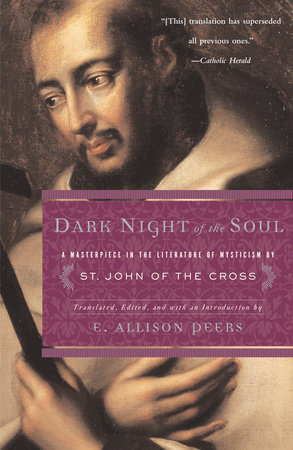
The dark night of the soul is not limited to any particular religious tradition; it appears in various mystical and contemplative practices worldwide. The fundamental theme is a transformative and often painful spiritual journey.
Individuals undergoing the dark night experience a crisis of health or of faith or a profound questioning of their beliefs and spiritual path. This crisis can be triggered by a variety of factors, including personal struggles, loss, or a sense of divine absence.
The experience is often marked by intense emotional turmoil, feelings of emptiness, isolation, and a deep longing for spiritual connection. The individual may grapple with a sense of meaninglessness and existential angst.
Mystics often describe the dark night as a process of purification. It is seen as a stripping away of attachments, ego-driven desires, and illusions to bring the individual closer to a more authentic and direct experience of the divine.
Despite the difficulties, the dark night is considered a transformative process. It is viewed as a necessary and often involuntary stage on the spiritual journey, leading to greater wisdom, humility, and a more profound connection with the divine.
Surrender: The dark night often involves a surrender of the individual’s will to a higher power or divine force.
It is a letting go of the ego’s control and a profound trust in the spiritual process.
During this period i certainly died to my ego, my identification with “Christian Rieder”, the guy i had known and everybody thought they knew before.
In the context of the spiritual development of a person “Ego-death” refers to a profound and transformative experience in which an individual undergoes a dissolution or loss of their sense of self or ego. This concept is often associated with various spiritual, psychological, and psychedelic experiences. The term was popularized by the psychologist Timothy Leary and later embraced by the counterculture movements of the 1960s.
The experience of ego-death can occur through various means, including meditation, deep contemplation, near-death experiences, and the use of certain psychedelic substances such as psilocybin mushrooms, LSD, Ketamine or DMT. During ego-death, individuals may report a sense of oneness with the universe, a loss of personal boundaries, and a dissolution of the ego or the subjective self.
In psychological terms, ego-death is sometimes seen as a process of breaking down and transcending the habitual thought patterns, beliefs, and attachments that make up one’s sense of identity. This can lead to a profound shift in consciousness and a reevaluation of one’s understanding of self and reality.
Some people find these experiences to be deeply meaningful and transformative, leading to positive changes in their lives, while others may find them challenging or disorienting.
Research on the psychological and therapeutic aspects of ego-death, especially in the context of psychedelic-assisted therapy, has been gaining attention in recent years. Scientists and mental health professionals are exploring the potential therapeutic benefits of carefully guided experiences that induce ego-dissolution, with the aim of helping individuals address issues such as anxiety, depression, and addiction.
PLEASE! Approach such states of consciousness with care and in appropriate settings and under experienced supervision and guidance.
So for now, to wrap it all up, all i have expressed about my perspective on Death, the Big Black Hole of Life and the rest, i want to state my credo, my intent to live by each day of the rest of my life.
I die daily so that i will live fully
This intent reflects a profound and transformative attitude associated with a radical spiritual perspective towards life and death.
It suggests a willingness to undergo continual self-transformation, shedding aspects of the ego or lesser self, in order to embrace a fuller, more authentic life.
The attitude is in alignment with spiritual teachings and practices that emphasize the importance of letting go of attachments, ego-driven desires, and limiting beliefs.
In various spiritual traditions, the idea of dying to the self daily is linked to the concept of ego-death or the dissolution of the ego.
By metaphorically dying to the self each day, we can aim to release the grip of the ego, which is often associated with illusions, attachments, and self-centered desires.
This process is a pathway to spiritual awakening, enlightenment, or a deeper connection with the divine.
~~~~~
~~~
~
A “more systematic way” 😉 to “let go of ego identification” is given in “A Course In Miracles” a “somewhat funny titled” 365 day “course”, you may read about here if you wish.
…
May all beings be happy
Ohm Tat Sat



